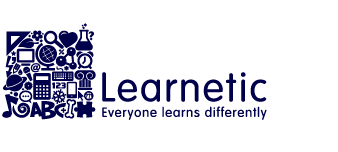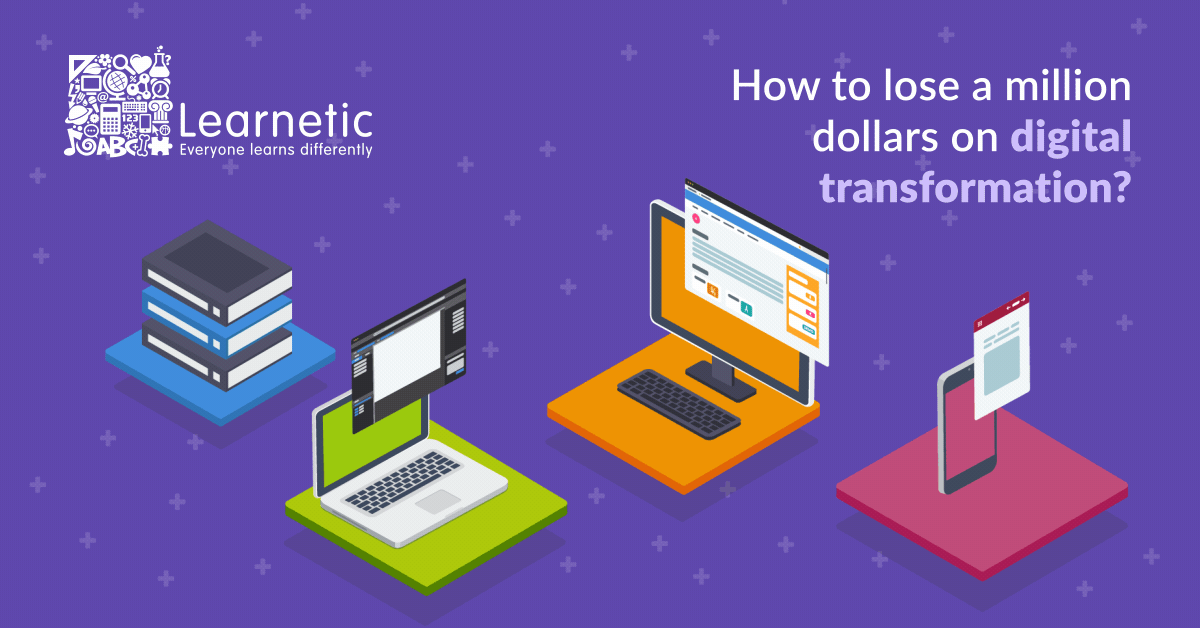The Future of Educational Publishers
How an educational publisher becomes a technology company?
Digital learning quickly grows in the educational environment. As a result, publishers change their attitude towards digital solutions from “nice-to-have” additions to the core paper offering to an essential and often strategic part of their business.
This has become more urgent as the pandemic hit the world in early 2020, with remote learning and digital education becoming the norm rather than the exception to the rule.
With that shift of priorities in the portfolio comes a transformation of a publisher’s long-established operations model. Today, the publisher has to perfect a set of skills suited to a more digital-oriented company without losing their original core competencies. Where will this transition lead?
The impact of COVID-19
As schools have been closing, opening, and then closing again, the digital transformation in education had to accelerate. Schools had to embrace online classes, apps, and other digital tools so that the students didn’t get left behind. With no clear outlook in sight, everyone in the educational process had to learn a new kind of flexibility – including digital publishers.
And apart from the new challenges this poses for publishers, it also opens enormous growth opportunities as market demand increases.
The global digital educational publishing market is projected to reach $27,891.5 million by 2027 at a CAGR of 17.0%
According to a recent report, the most profitable segment of the market will be digital textbooks, with K-12 topping the list. It’s a clear indication of the direction for educational publishers today.
The tried and tested paths
Let’s take a look at the standard business model of a print educational publisher that has been effective for decades. One of the publishers’ existential threats, a constant challenge, has always been the second-hand textbook market. The used books competition market cut off the publishers’ revenues and author royalties, negatively impacting the ROI.
This has led publishers to operate in a cycle: the first edition of a textbook and its revised version that substitutes the original one after a specified time. Constant efforts are made to force new editions to replace the previous ones. This cycle has allowed for driving stable, predictable revenue. By the time the sales of a particular edition fall noticeably, the next edition will have appeared, and the cycle starts anew.
To support sales, publishers have traditionally used digital additions to the textbooks. The problem is, though, the quality hasn’t always been high, with the digital resources being precisely the “nice-to-haves” we mentioned at the beginning, rather than constituting the core of the education.
The decline in print sales
The significant decline in print sales on the educational market started way before the pandemic, as the first edition/revision model lost its effectiveness. A few factors that have brought on this trend are worth mentioning.
- What’s changed with COVID is that today, publishers need to see bookselling as online- and digital-first, physical second, and align their reselling channels with their online-first strategy. Thanks to the Internet, subsequent sales of the same title became far more accessible than a decade before.
- The EdTech disruptors are winning significant parts of the educational market by offering effective and attractive educational solutions. This significantly influences the sales of hard copies developed for revision or exam preparation, as well as supplemental ‘afternoon education’ courses. Moreover, technology giants such as Google or Microsoft have also invested in educational technology projects. These new players, accompanied by the presence of OER, have significantly intensified the competition in the educational market.
- But let’s not forget about certain direct print limitations in the technology of books, which also influence sales. Print courses can’t be aligned with educational trends that drive the income of many digital educational disruptors.
- A print book is not adaptive; it doesn’t offer personalized learning, doesn’t deliver Big Data, and simply isn’t attractive for digital natives. Plus, with online learning replacing a large portion of education today, it’s not suited to the post-COVID “new normal.”
This change in the educational market landscape forces educational publishers to reinvent themselves or simply lose the race for the future. Many publishers, particularly key players, have made a strategic choice to widen or even remodel their portfolio, creating single-use, personal online products which cannot be shared or reused and offer attractive 21st-century education. Many of them have already reported that their digital solutions exceed hard copy sales.
A digital transition
The shift from hard copies to software solutions has opened new possibilities for publishers.
They can collect licensing fees for textbooks that can’t be resold. Compared to the hard copies, the extra copies of their digital courses are created practically without cost. They can regularly upgrade their textbooks, leverage big data, and experiment with educational trends that are now becoming must-haves with adaptivity as well.
Such solutions reduce the demand for used and rented print textbooks and provide the functionality that’s not available within OER solutions.
Also, let’s not forget that a modern digital portfolio influences a publisher’s image of an innovative, trend-embracing educator.
This digital shift is also supported by a rising readiness for digital education in schools. The number of teachers using technology has been rising. Accompanied by BYOD and online learning during the pandemic, it has established a critical mass for adapting digital education in schools.
Another example is that hiring technology specialists in schools becomes a standard – a teacher can now use the school’s digital solutions with the support of a technology expert.
Reinventing the company
Digital products are no longer unimportant textbook additions. We’re long past that phase and most likely never going back. They are now solutions specially designed to be actively used and bring measurable teaching and learning results. And they can no longer be just simple digital renditions of textbooks.
Teachers and students expect educational solutions to be as interactive as any other content they use on their phones, tablets, and desktops. Consequently, publishers need to design the right products, market them efficiently, and keep their roadmaps on track with timelines, budgets, and market needs.
Developing internal corporate competencies, both cultural and technological is a must to operate in this new area. For a digital offer to be coherent with a publisher’s developed methods and brand identity, a mix of fresh blood and the experience of an internal team ensures the best results. This leads to some challenges to overcome:
- The publisher’s editorial teams have perfected themselves for years in a traditional way of designing information layouts and preparing exercises and tests. Now the authors need to become content experts adjusting the whole process of presenting information to a modern form of expression. They need to rebuild their model of thinking from creating books to creating eCourses. In this transition, all content authoring tools that provide ready-made interactive activities and editable templates are invaluable. This helps them get better acquainted with all available options, examine various approaches, and make their processes more efficient.
- The publishers should become competitive employers to attract and retain the engineers and other digital specialists who currently prefer prestigious technology companies or exciting startups over working at a publishing business. It is necessary to provide proper tools and attractive, dynamic working environments. Another approach is to engage in ready-made solutions (e.g., LMS platforms) whose maintenance and further development are left to companies specializing in this area.
Educational publishers should gradually increase their technological skills and implement systems that support and drive their businesses in the future. Banking institutions currently rely primarily on their IT systems rather than brick & mortar agencies to secure safe contact with their clients. Similarly, educational publishers should build their competencies around the systems supporting their new digital methods’ creation, distribution, and undisrupted usage.
It doesn’t mean that they have to build these systems by themselves. But they should have a certain level of knowledge to define their technological needs, select the right solutions, monitor their services’ undisrupted operation, or be aware of maintenance needs and systems adaptations due to frequent technological changes.
SUMMARY
The challenges are significant as educational publishers’ ultimate users are counted in millions, and access to media-extensive materials is practically concurrent. Moreover, these learners are primarily digital natives accustomed to top-quality, user-centric experiences that quickly implement new technology.
The K-12 educational publishing has distinctive needs, which are very different from those in corporate training or higher education, where most LMS systems and authoring tools are focused. Selecting the proper authoring tools capable of developing highly interactive materials and relevant platforms ready to deploy them is the strategic decision for years to come.
To begin this process, start with evaluating mCourser and mAuthor – a unique ecosystem of an LMS platform and an authoring tool explicitly focused on educational publishing business requirements.





